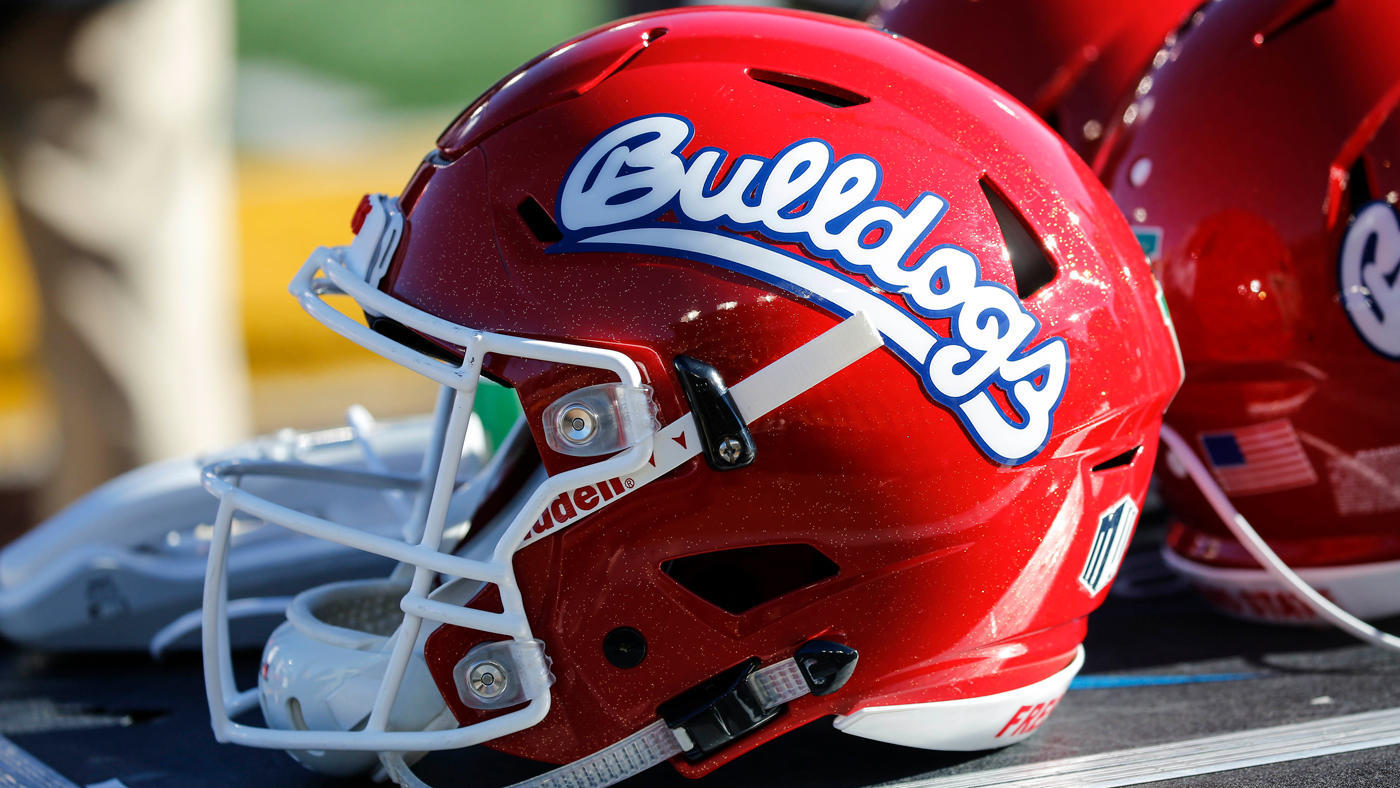Three years ago, amid shaky political support and uncertain funding, Gov. Gavin Newsom killed plans by his predecessor, Jerry Brown, to build two massive tunnels under the Sacramento-San Joaquin River Delta to more easily move water south.
Now a slimmed-down version of the project — one of the most contentious water issues in California since the early 1980s — is back.
On Wednesday, Newsom’s administration released details of the new plan, which calls for building one tunnel instead of two.
The tunnel would be 45 miles long and 39 feet high, buried deep under the Delta’s wetlands and marshes. The idea is that in wet years, it would take water from the Sacramento River, about 17 miles south of Sacramento near the town of Courtland, and pipe it to the enormous State Water Project pumps near Tracy.
By moving the water underground, water managers would avoid pumping limits that are put in place sometimes under state and federal law to protect endangered salmon and other fish, allowing them to more easily send it to farms and cities from Silicon Valley to Fresno to Los Angeles.
The price tag: About $16 billion, not far from the $19 billion estimate for Brown’s twin tunnels in 2018 but with one-third less water-carrying capacity.
Some of the largest water districts in the state, including the Santa Clara Valley Water District in San Jose and the Metropolitan Water District in Los Angeles, have been funding planning efforts in recent years.
They and Newsom administration leaders say the tunnel is critical to keep water flowing following a major earthquake, and as climate change disrupts rainfall patterns, it would allow the state to move water south to reservoirs and groundwater storage banks in large amounts that would otherwise flow to the ocean during rainy winters.
“It’s critical that we’re actually able to move the water during the wet periods to store it for the dry periods,” said Wade Crowfoot, secretary of the state’s Natural Resources Agency. “Delta conveyance remains a really important backbone of our modernization.”
Opponents, who in the past have included environmental groups and leaders of Delta communities, including Contra Costa County, have called earlier versions of the project a water grab for Southern California and big agribusiness. They worry it could take too much fresh water from the Delta and harm already endangered fish such as salmon and Delta smelt, along with other wildlife and water quality.
“How often are you pumping?” said Doug Obegi, a senior attorney with the Natural Resources Defense Council in San Francisco. “How much water are you pumping? How much water are you leaving behind for the environment? The devil is in the details.”
On Wednesday, the project’s 3,000-page draft environmental impact report was released. It will be open for public comment until Oct. 27.
Project planners hope to break ground by 2028 or 2029, said Carrie Buckman, an environmental program manger with the state Department of Water Resources. Construction is expected to take 12 years, she said.
The project is certain to face lawsuits and other major hurdles, as similar proposals have over the past 40 years.
Get the full story: Read more.










